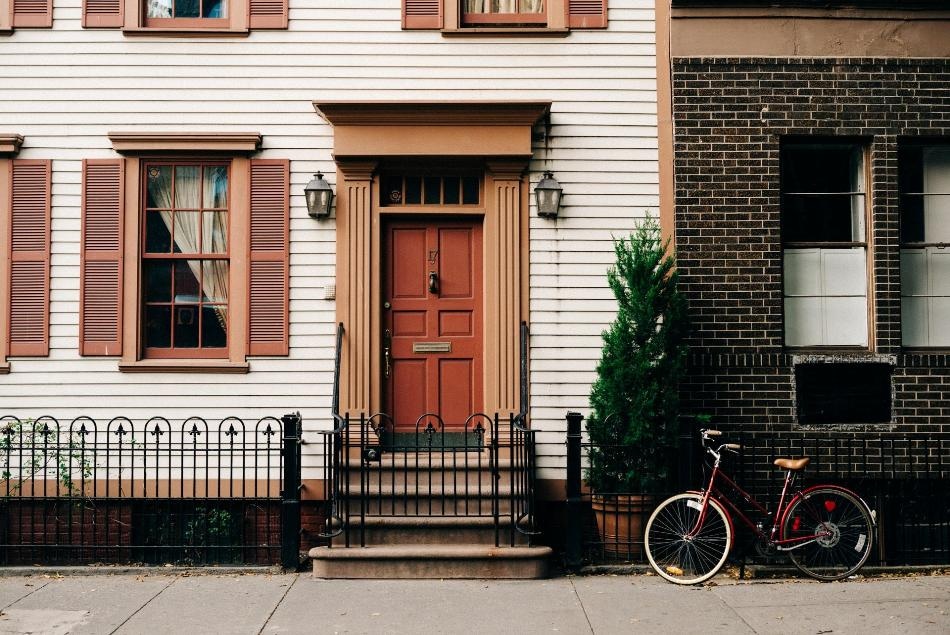Apr 11 2018
Houses are meant to be a shelter from the outside world. But how true is this old adage ‘Home sweet home’ when it comes to the health of homes in Europe?
 Image credit: Christian-Koch
Image credit: Christian-Koch
These days most of one’s time is spent indoors, frequently at home, one reason being the present shift to “desk jobs”. It follows that the environment of the buildings one lives, works, and plays in has a huge health impact.
Indoor air may be more damaging than outdoor air: “In addition to the contaminants we find outside, we also have indoor pollutants”, explained Alessandro Miani, head of the non-profit Italian Society for Environmental Medicine (SIMA), which prepared a set of rules to preserve the air one breathes in homes and offices. “There are pollutants typical of homes such as dust, spores, moulds, and those produced by human activities like cooking and house-cleaning, all of which contribute to the release of additional damaging substances”.
It is more probable for people to have respiratory diseases when residing in a damp home. “I would say that asthma is the most studied symptom because it’s easier to identify. Other warning signs, such as eye irritations or a dripping nose are even more widespread, but they are harder to quantify and record. There may be several mechanisms involved: direct toxicity, irritation, allergies,” explained Miia Pitkäranta, a Finnish molecular microbiologist who is an expert in indoor air quality.
People are 40% more likely to have asthma when living in a damp or mouldy home, and today, 2.2 million Europeans have asthma as a result of their living conditions.
EU Healthy Homes Barometer 2017
Furthermore, one out of six Europeans, comparable to Germany’s population, stated that they spend a majority of their time in unhealthy buildings, with issues such as damps floors and walls or leaking roofs, and poor daylight.
The economic impact is substantial: the cost of chronic pulmonary disease and asthma is estimated at €82 billion annually in Europe, half of it for medicine and care, and the other half, 40 billion as indirect costs such as a loss of work productivity.
Therefore, the European Commission has suggested a revision of the Energy performance of buildings directive that include measures “to promote the use of smart technology, to streamline existing rules and accelerate building renovation”. A political agreement has been reached by the Member States and at present, the text will have to be formally ratified by the plenary session of European Parliament in Strasbourg on 17 April.
The Healthy Homes Barometer also emphasized the fact that 45% of Europeans try to keep the temperatures down in their homes so as to save money, due to their low incomes, progressively heavier bills, and their inefficient buildings.
In a bid to lessen energy costs and enhance their wellbeing, people can find inspiration to start refurbishing their homes. However, only 2% of European homes are properly renovated yearly.
This is where EU research projects are attempting to develop new impetus. One example is R2Cities (Residential Renovation towards nearly zero energy Cities), which has reached about 1,500 people in Turkey, Italy, and Spain.
Energy-saving technologies have been executed in various contexts. From the demonstration districts in Genoa (Italy) and Kartal (Turkey), where the works were sponsored by the European Union and the municipalities, to the residential complex in Valladolid, where the property holders also funded the interventions.
David Pradales, Spanish owner of one of the retrofitted buildings in Valladolid, Spain, invested around €10,000 in the renovation works. A new façade, solar panels, and heating system have been proven effective.
Above all, the insulation maintains the indoor temperatures with almost no thermal oscillations and it has also eliminated condensation. Some walls had mould that has now completely disappeared. Apart from the savings that this can imply, which can take years, the improvement in the quality of life in these apartments is noticeable. And, in some way, we also have a revalued property for our children to inherit. So yes, the amortisation of the investment may take a long time, but overall, I believe it was a wise decision.
David Pradales
In Italy, Sergio Pandolfini, who lives in the social housing district of Genoa where the renovation works were done, explained: “The so-called ‘Lavatrici’ district is a council housing estate. This means that the people who are in economic or social difficulties get access to one of the apartments through a waiting list. Tenants pay a lease, which is proportional to their income. This rent is therefore often quite low. It amounts to less than €50 per month. The problem is that they have also to pay the bills, and they can be three, four or five times higher than the rent. Therefore the financial status of a family is completely upset.”
This year, in order to increase investment for better building stock, the EU Commission has introduced the Smart Finance for Smart Buildings initiative. The goal is to unlock €10 billion of private and public funds for energy efficiency interventions.